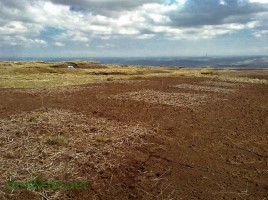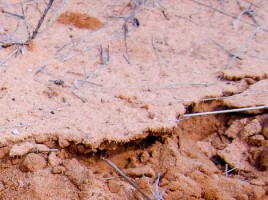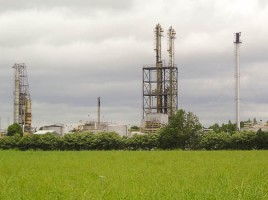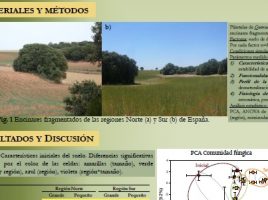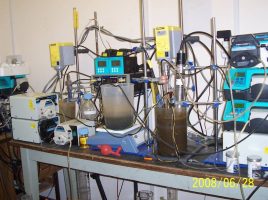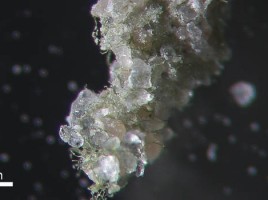
Seasonal differences in soil CO2 efflux and carbon storage in Ntwetwe Pan, Makgadikgadi Basin, Botswana.
The carbon cycle in salt pans is complex and poorly understood. Field-based data are needed to improve regional estimates of C storage and land–atmosphere CO2 fluxes from dryland environments where pans are prevalent. This paper provides a first estimate of C stores and CO2 efflux within the salt pan, grassland and woodland …
